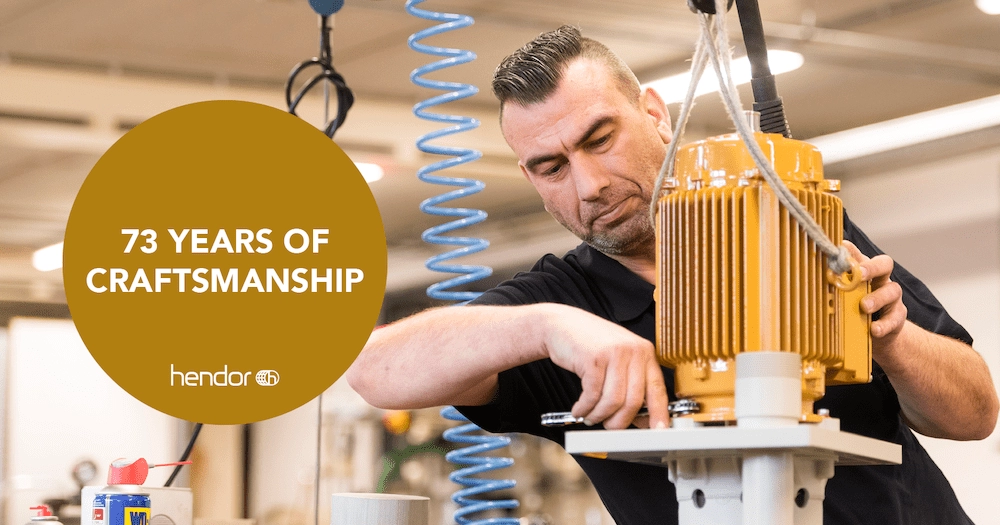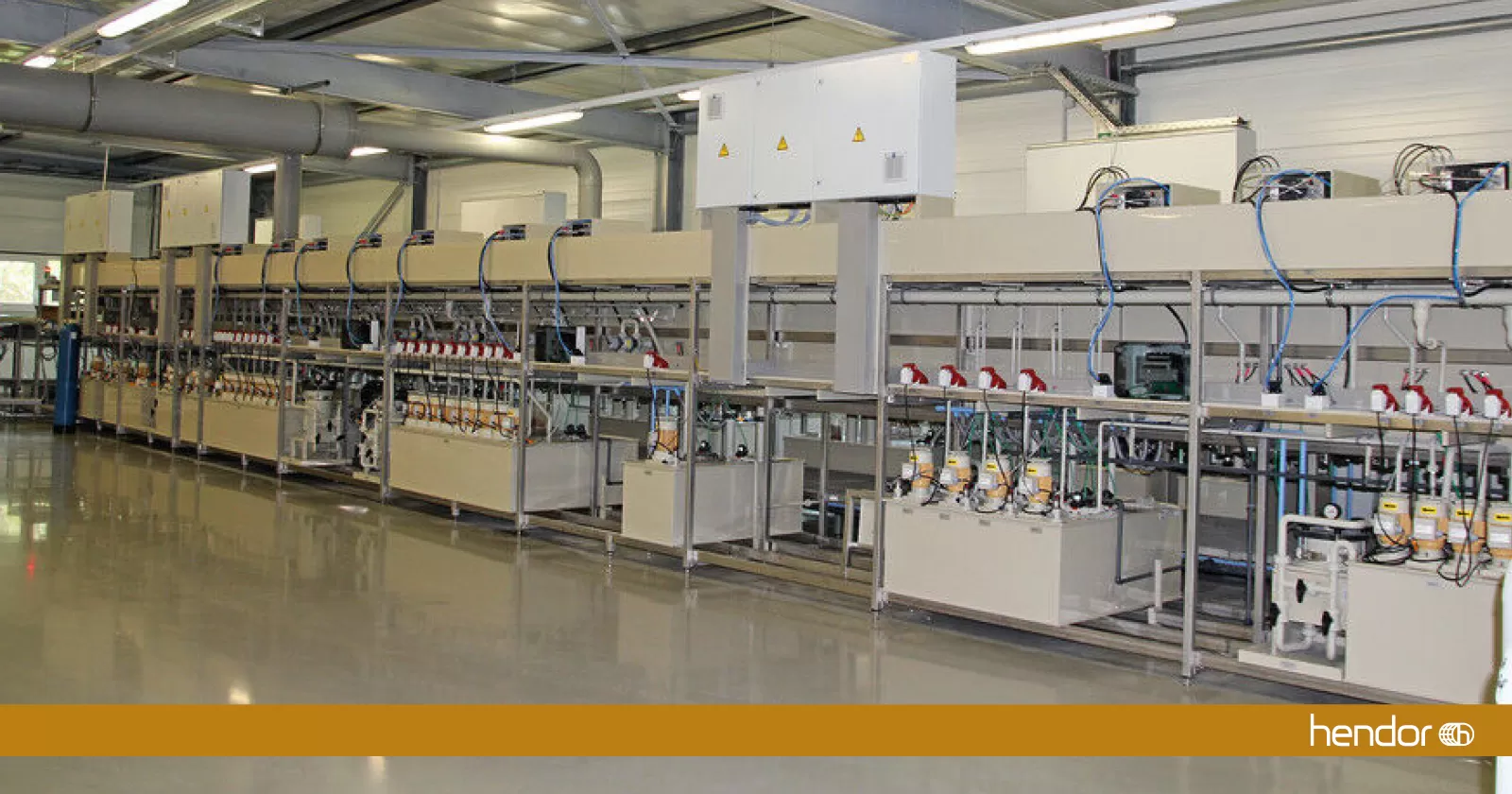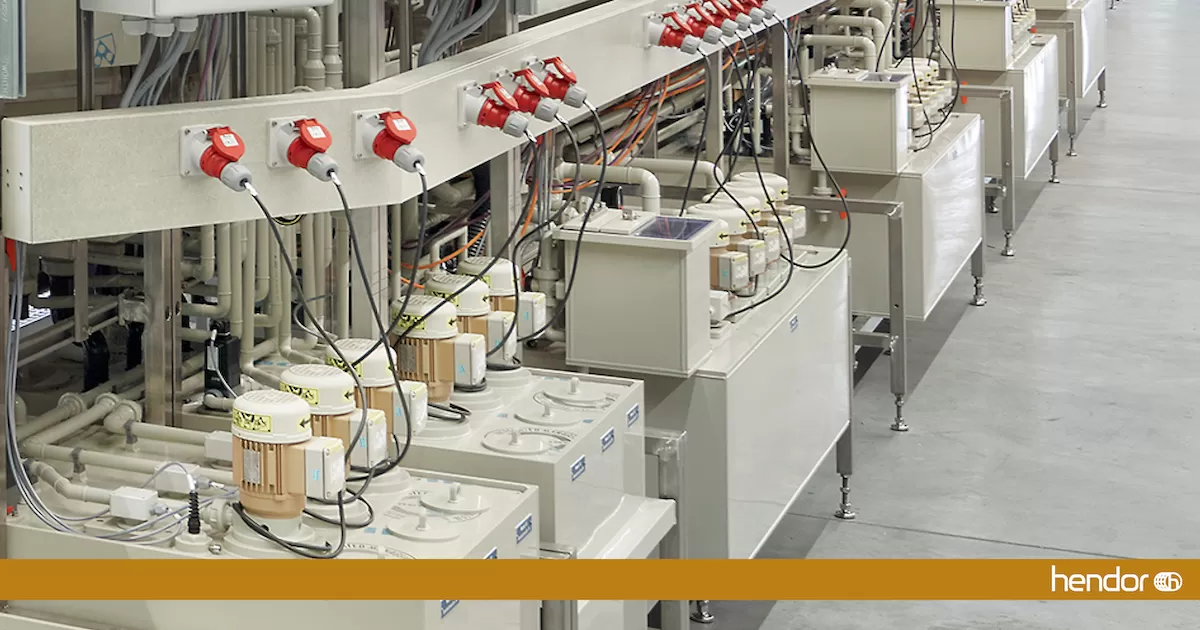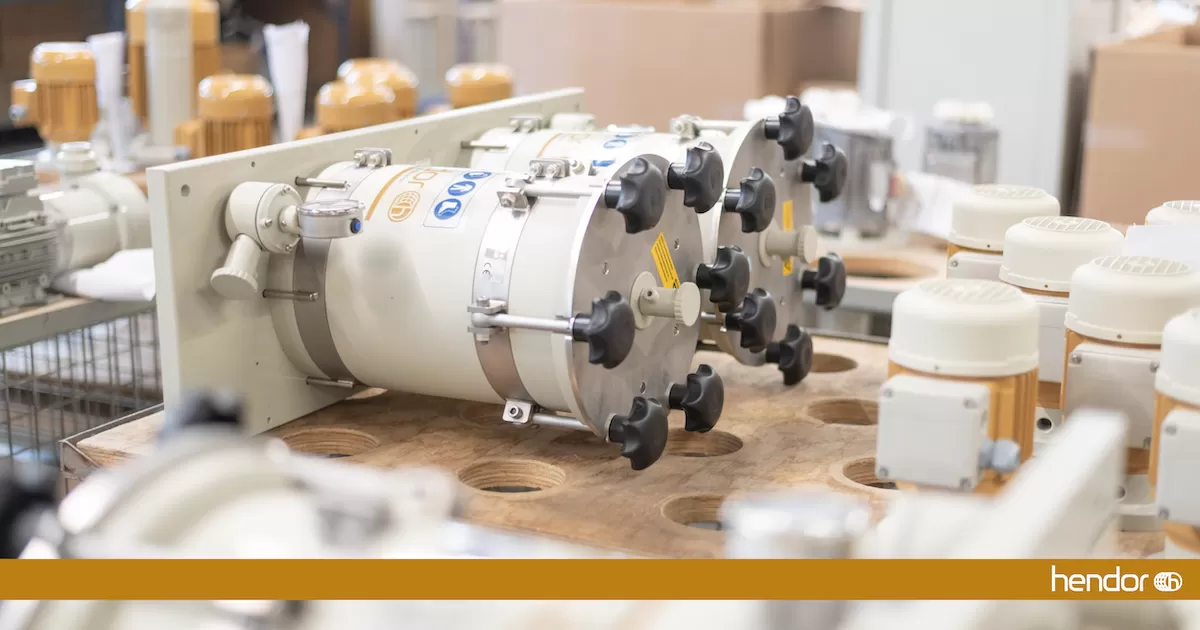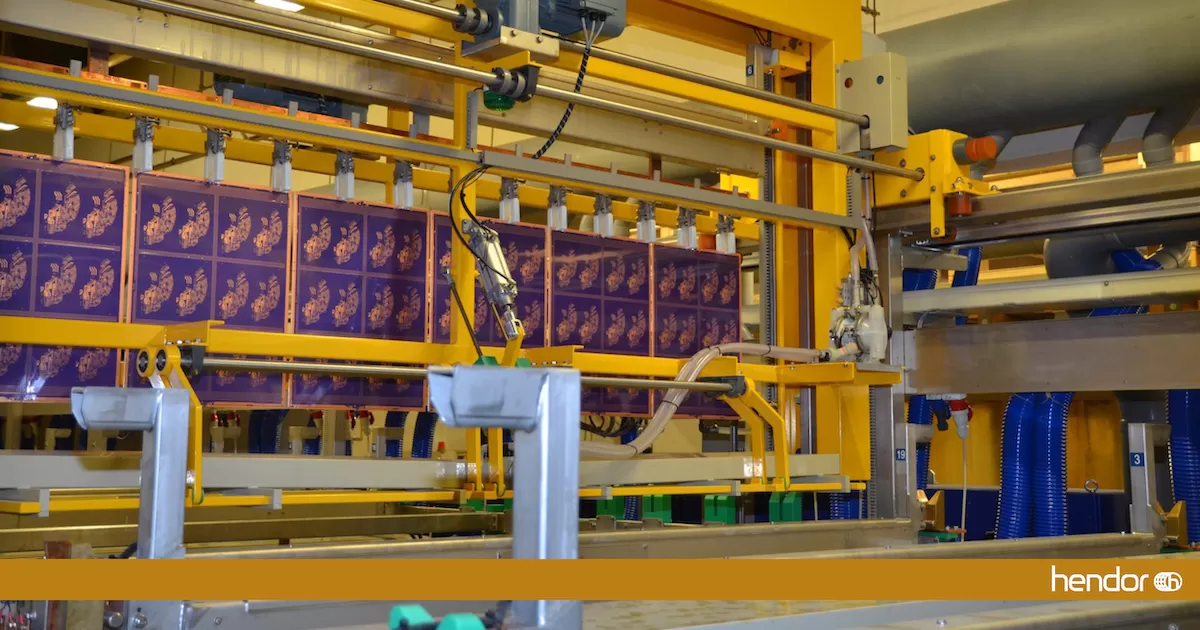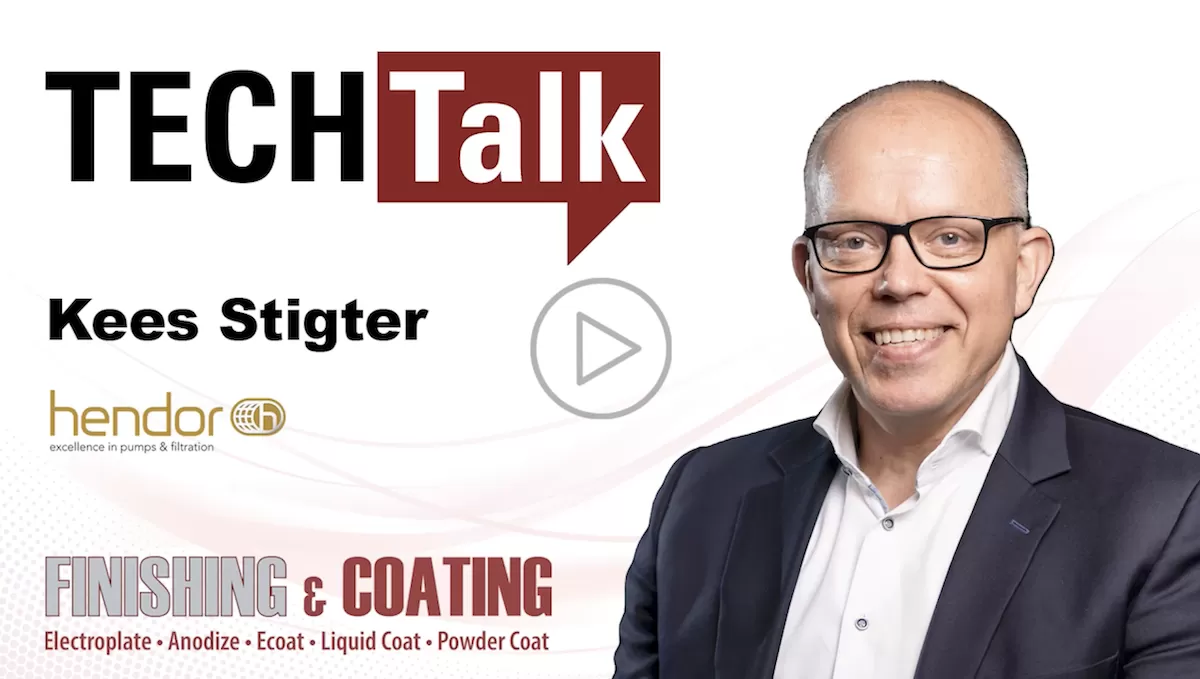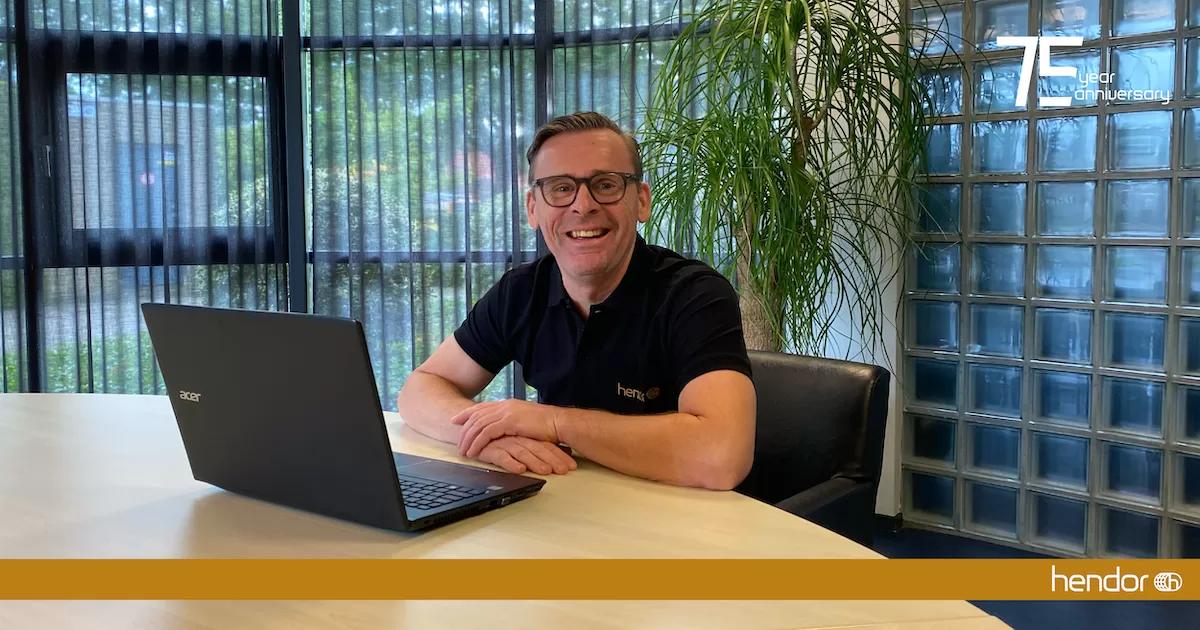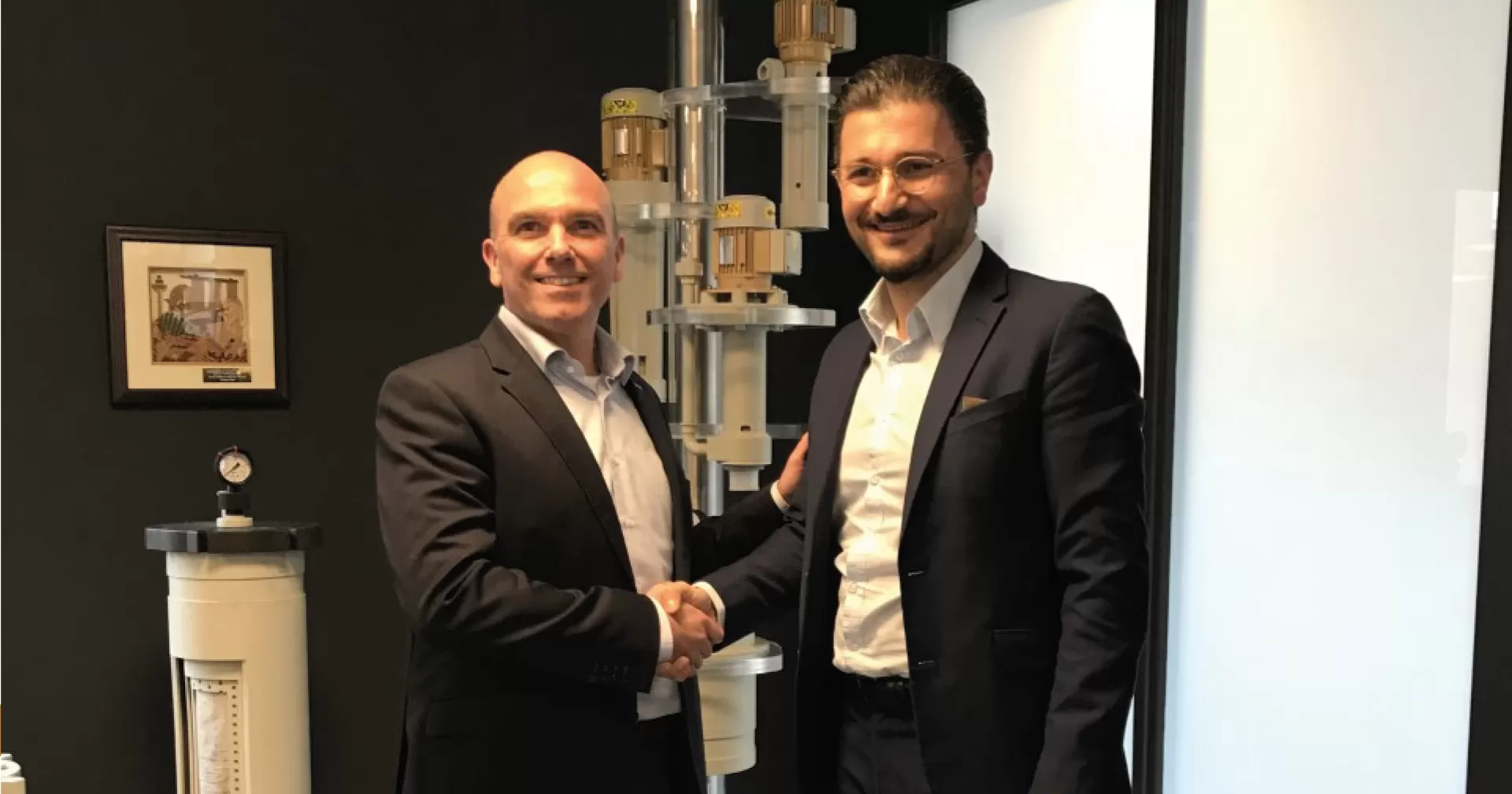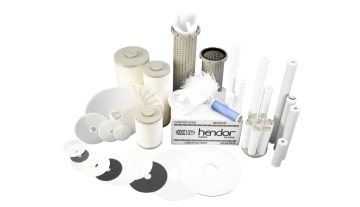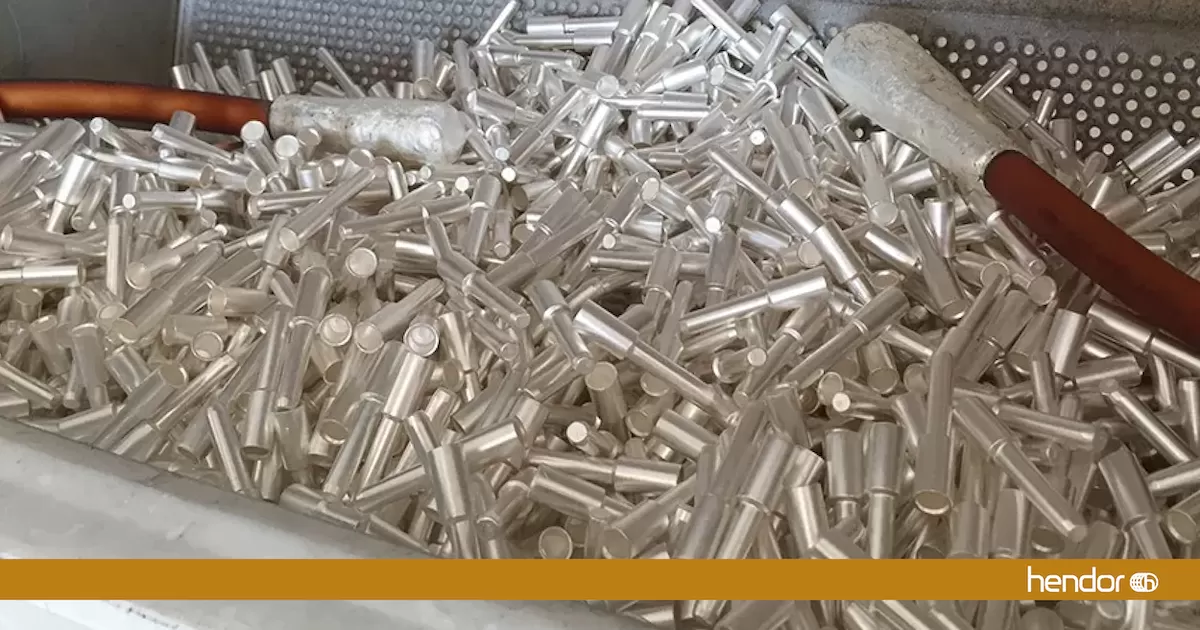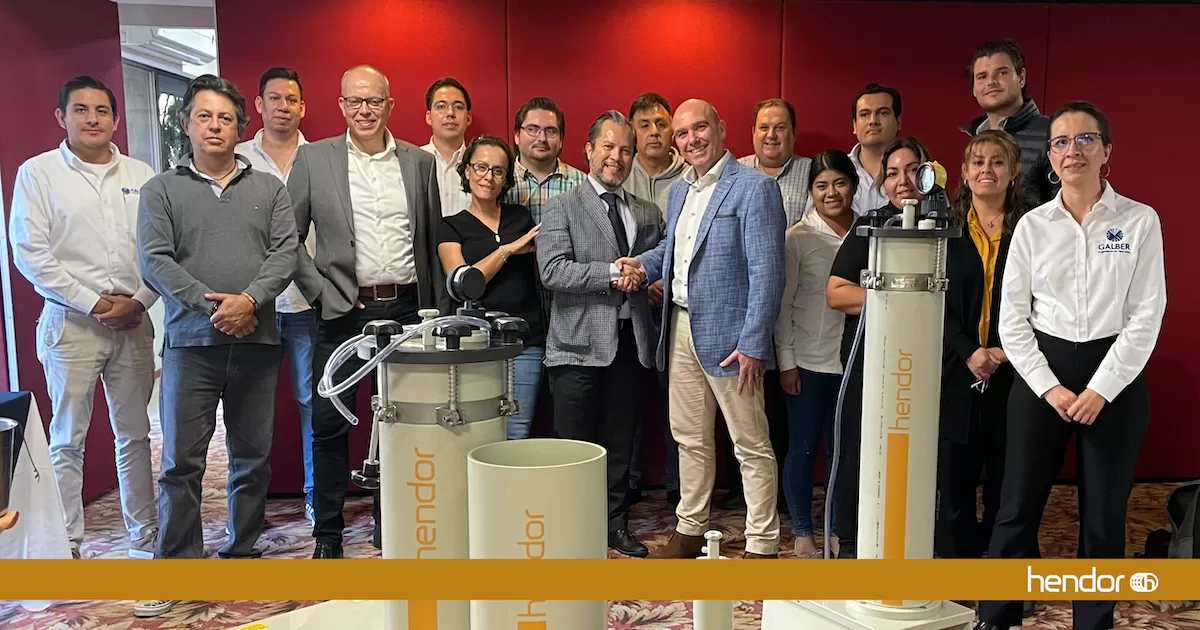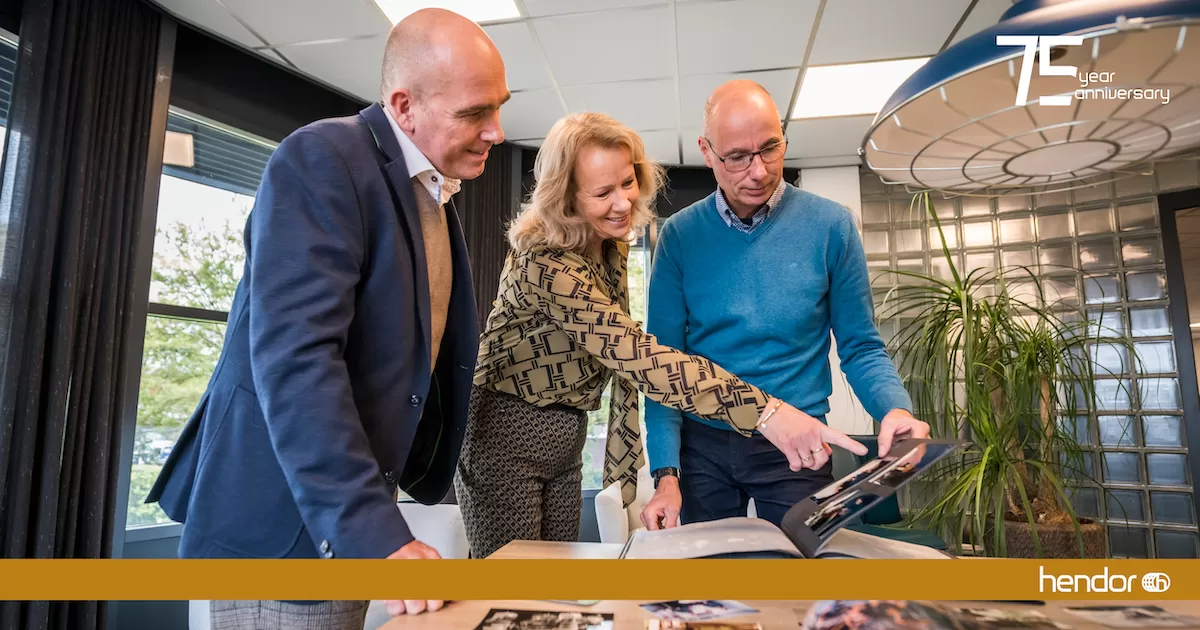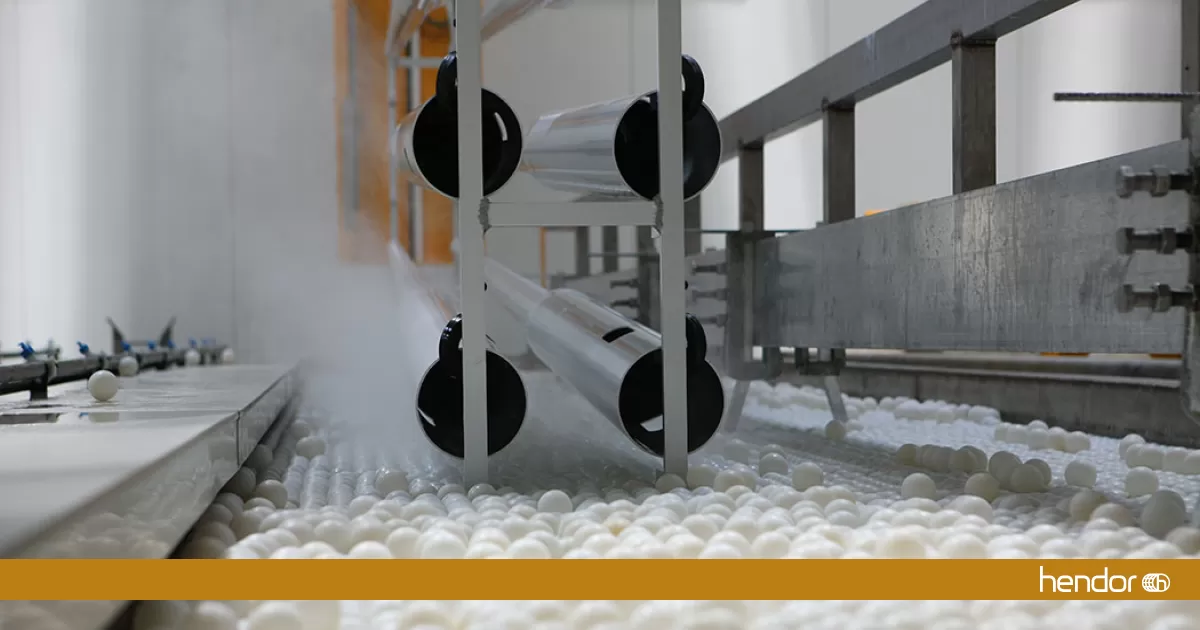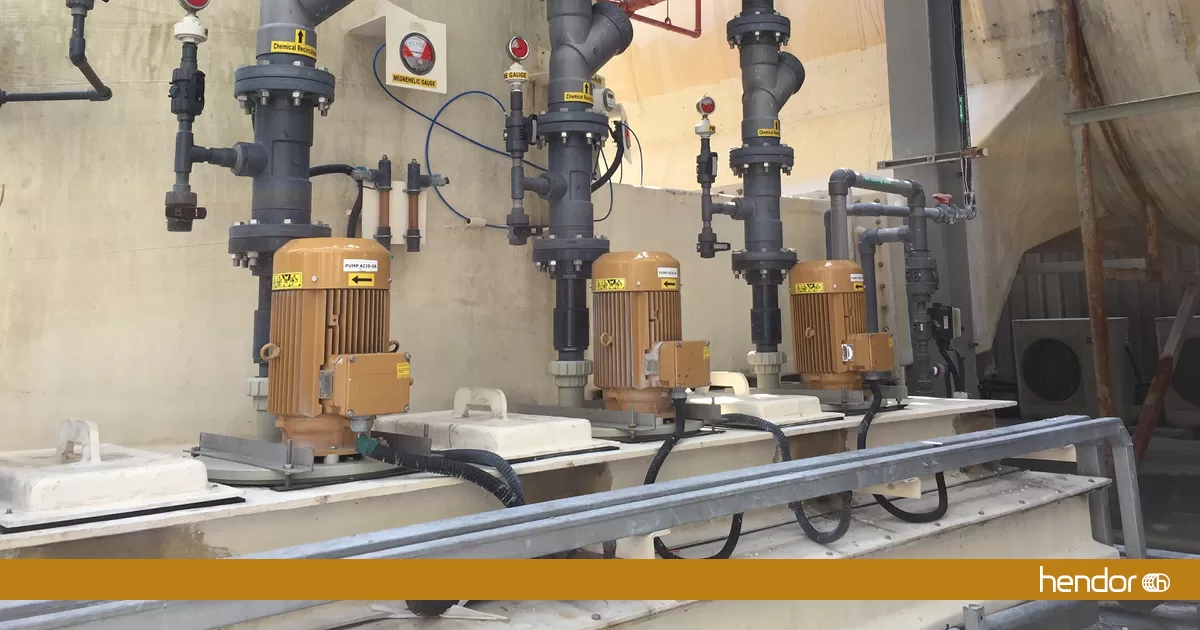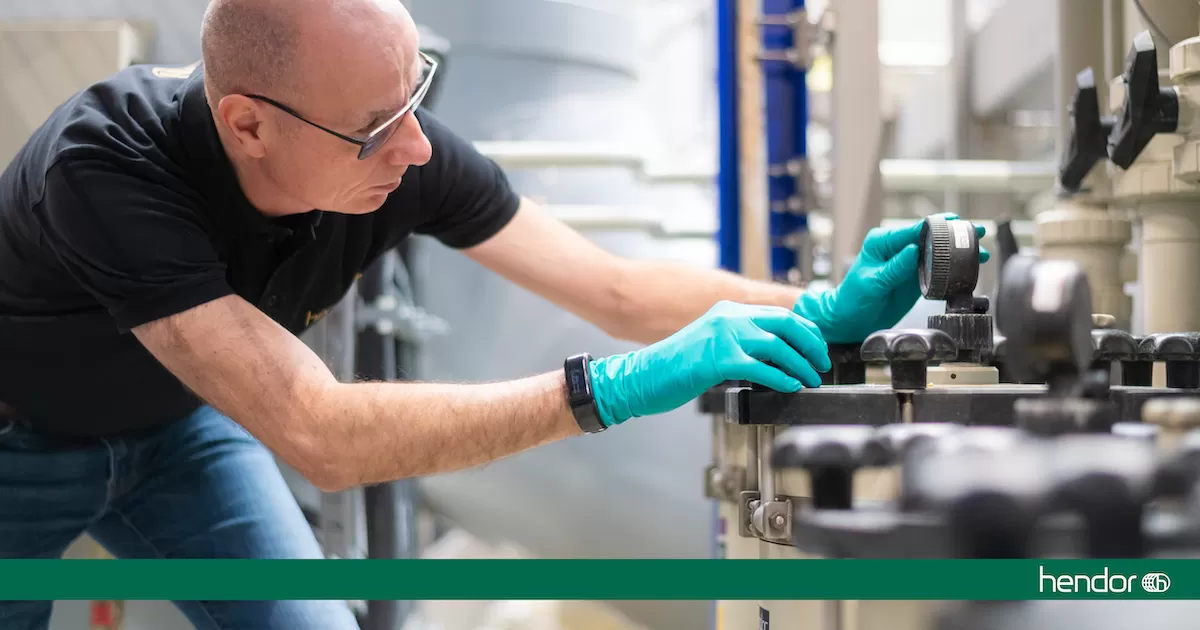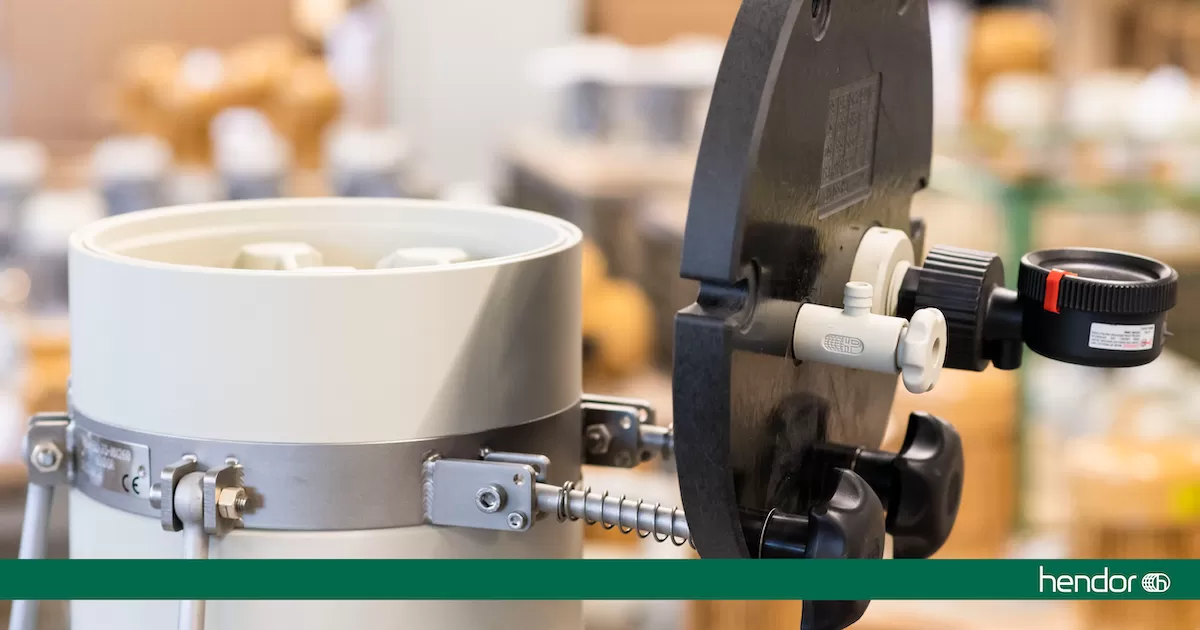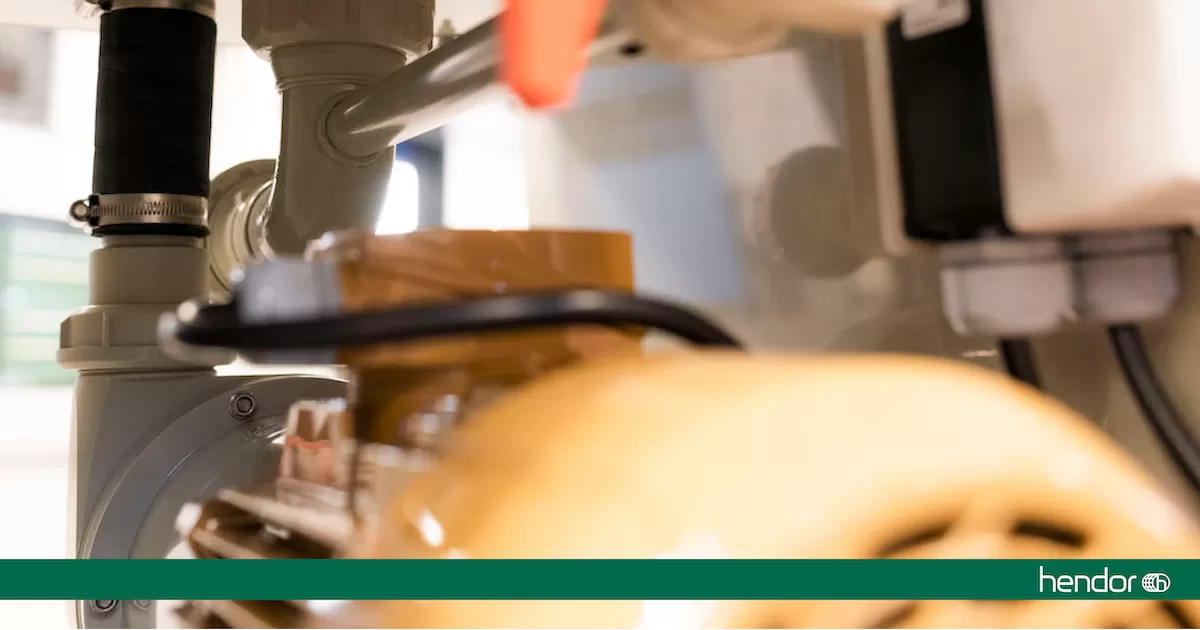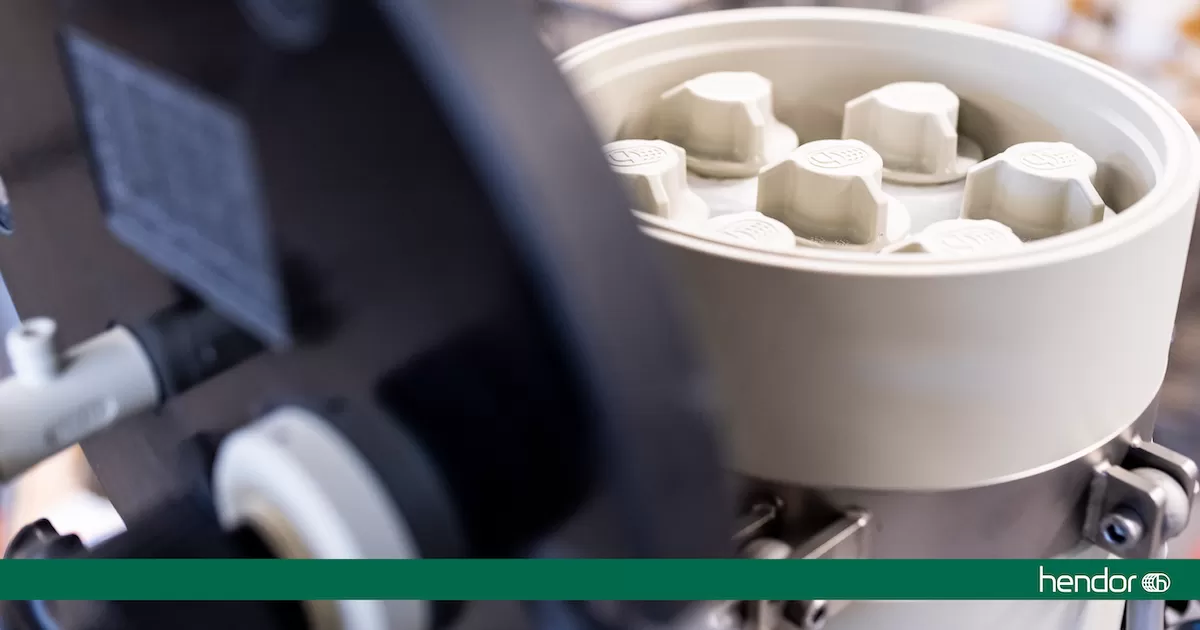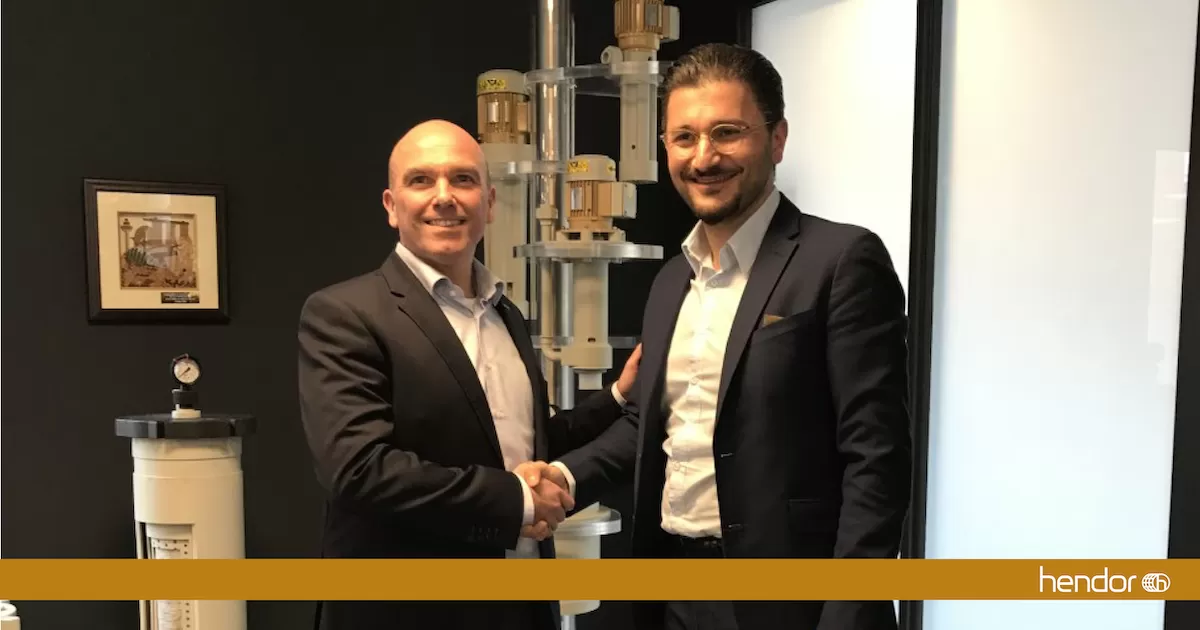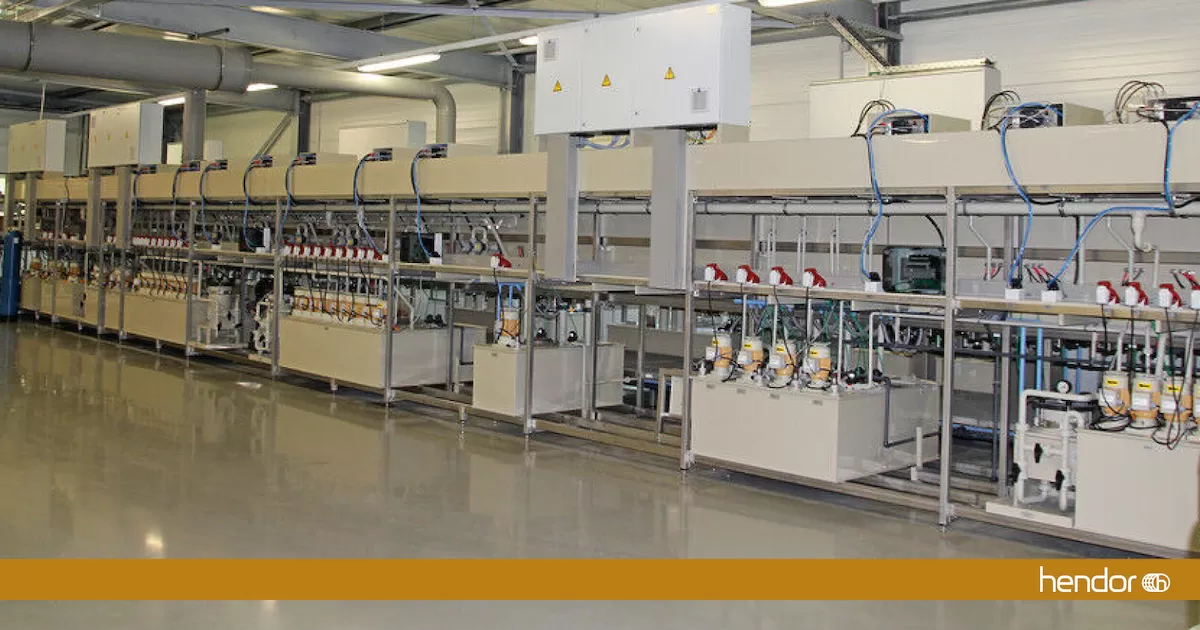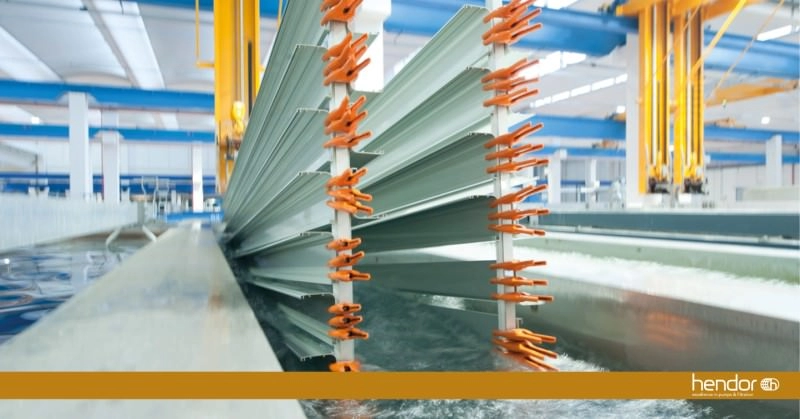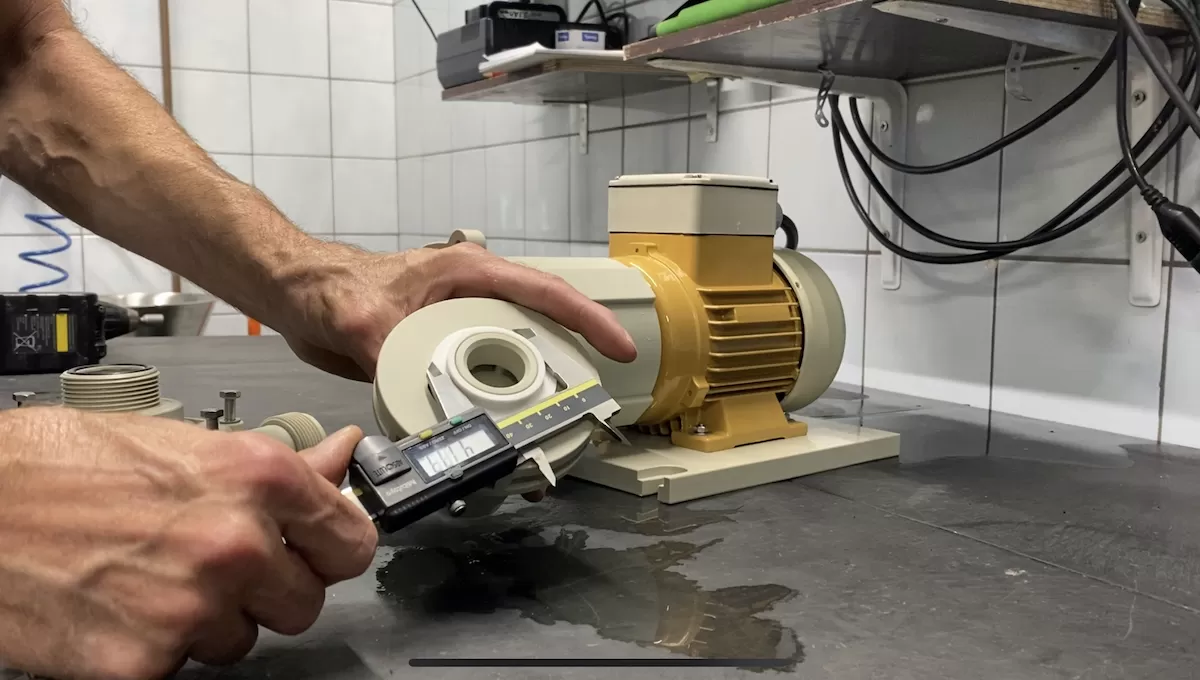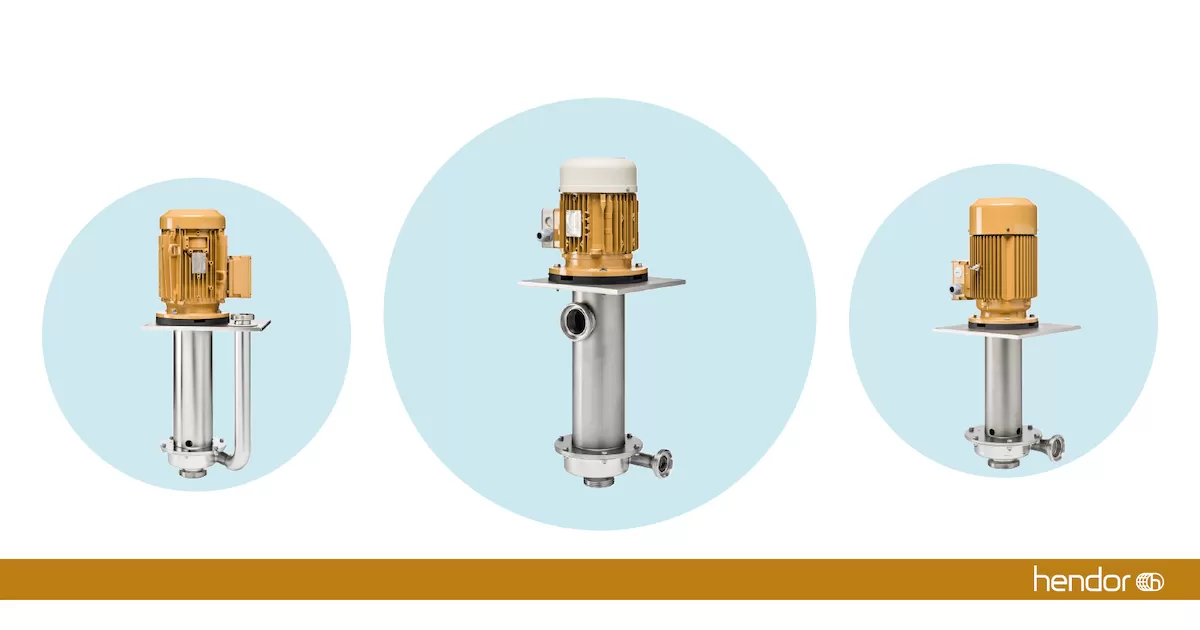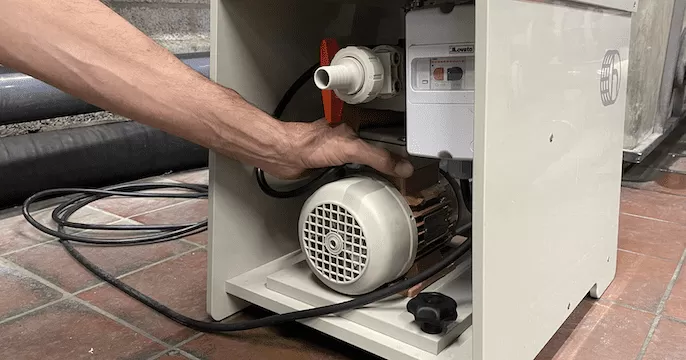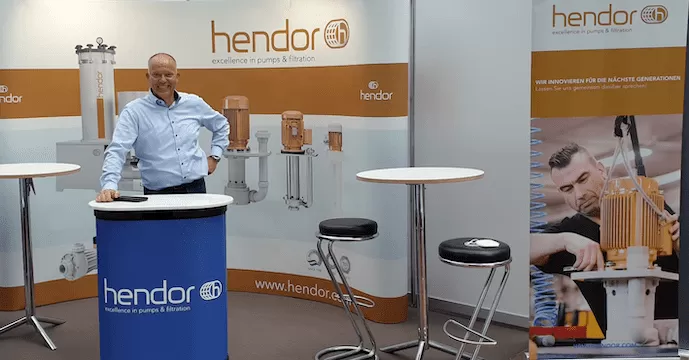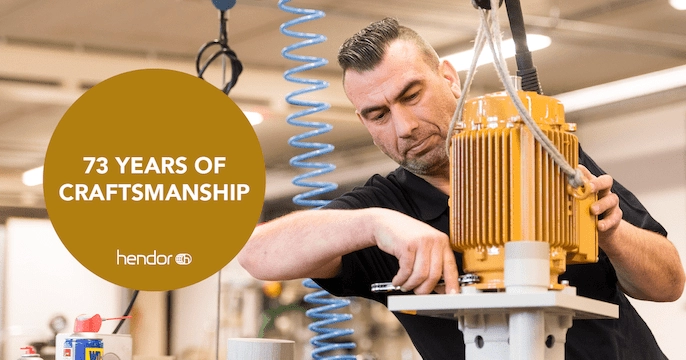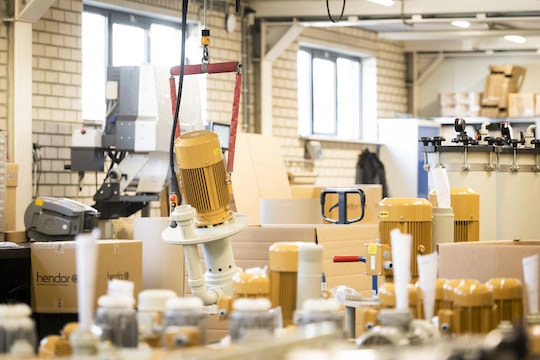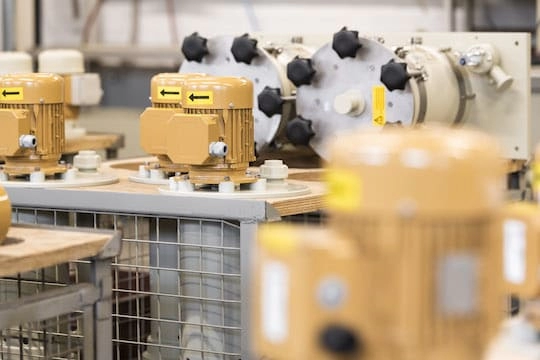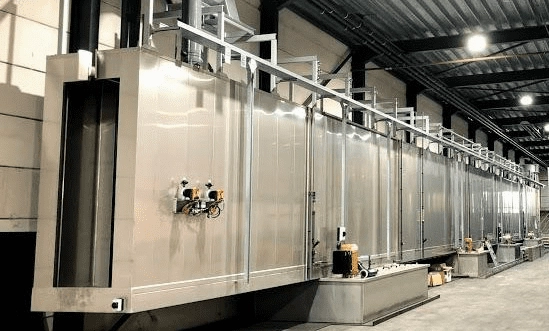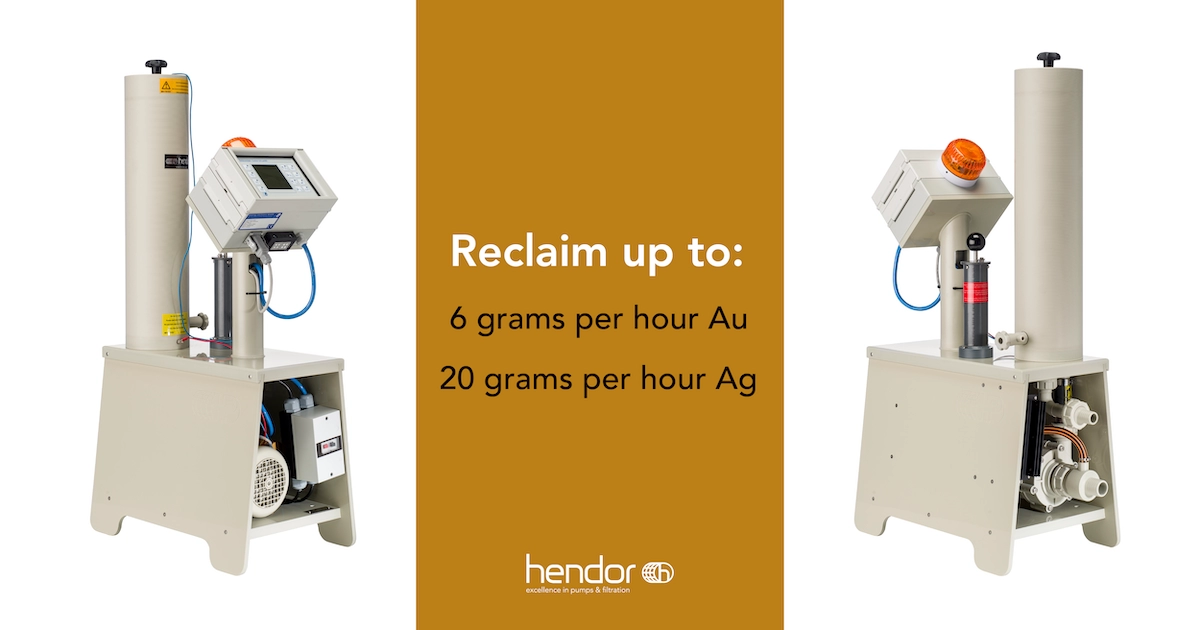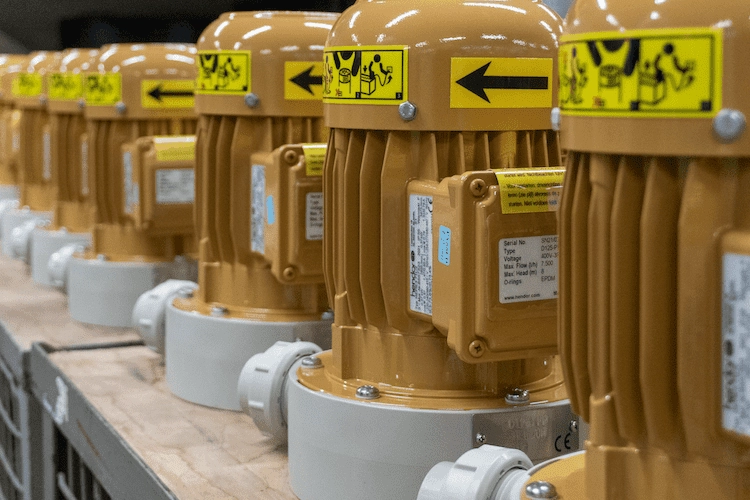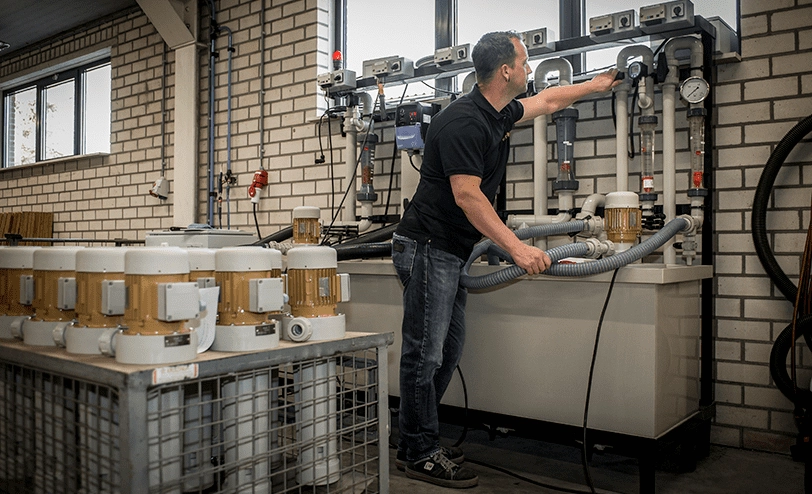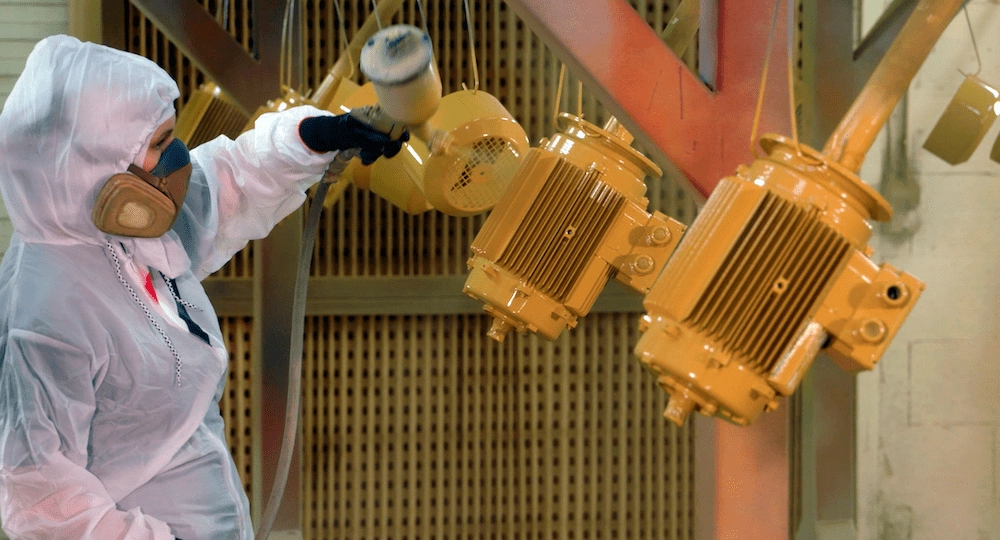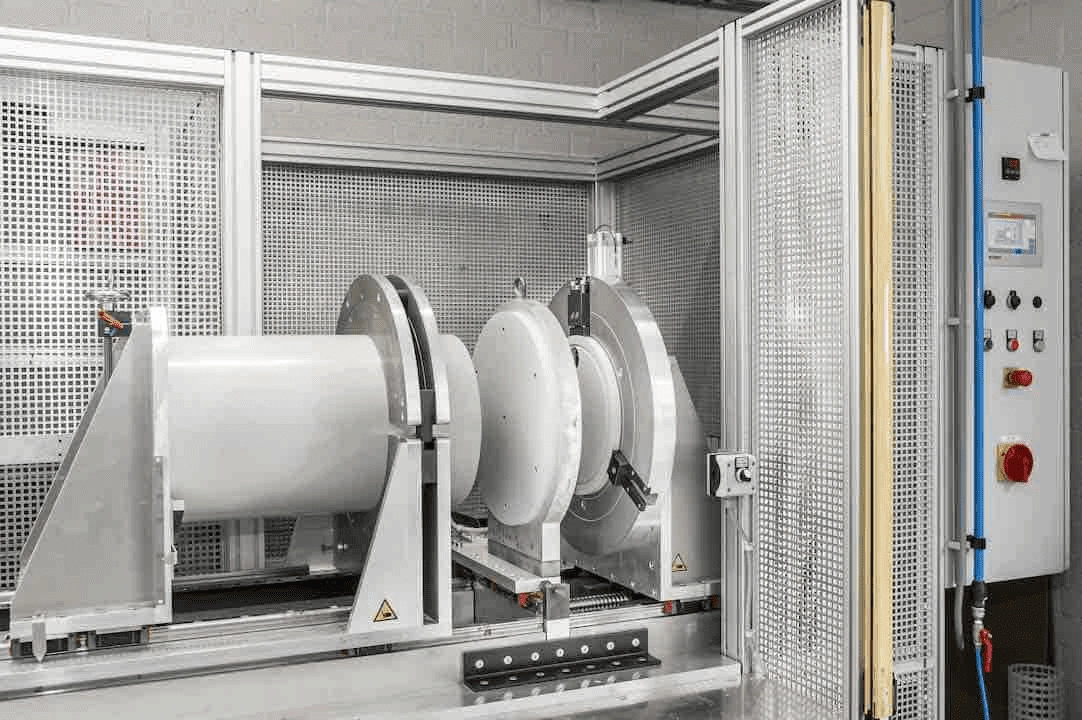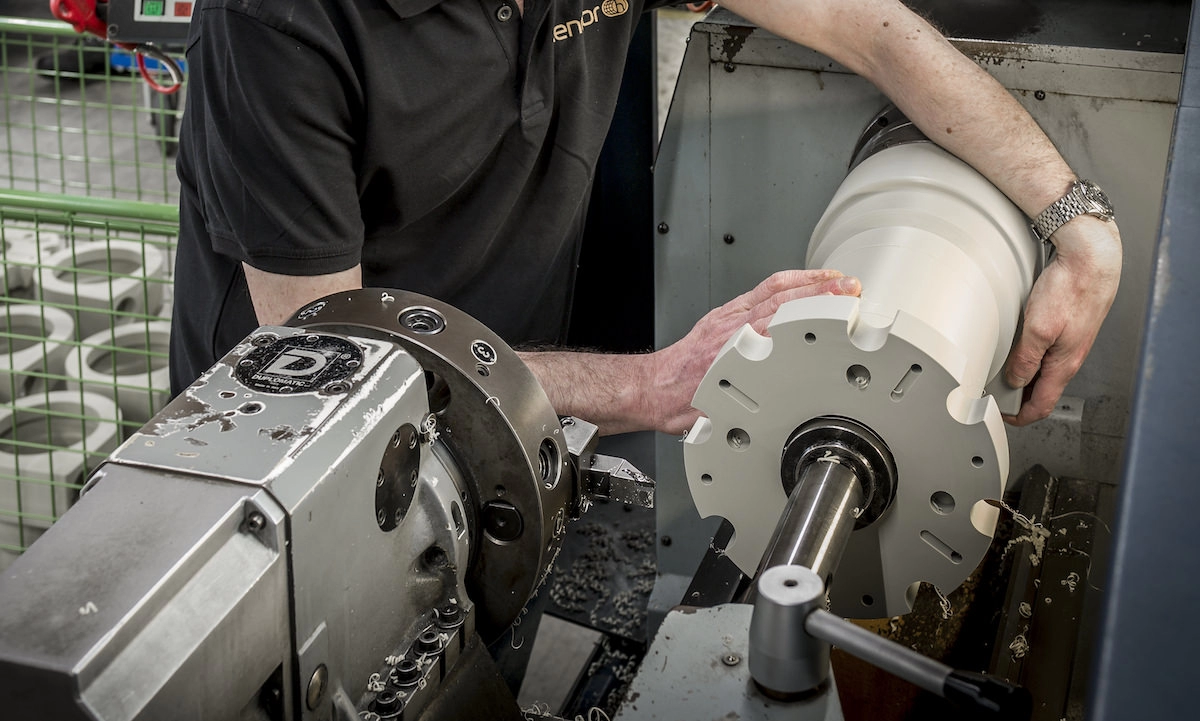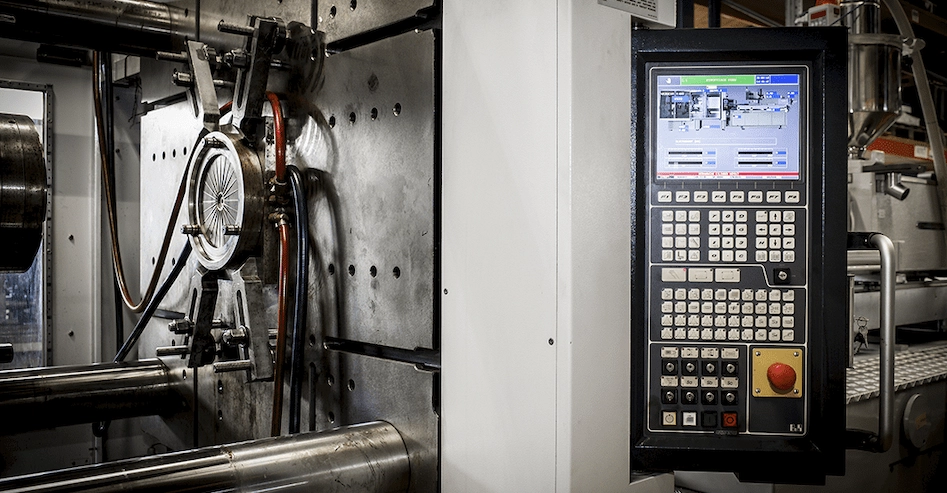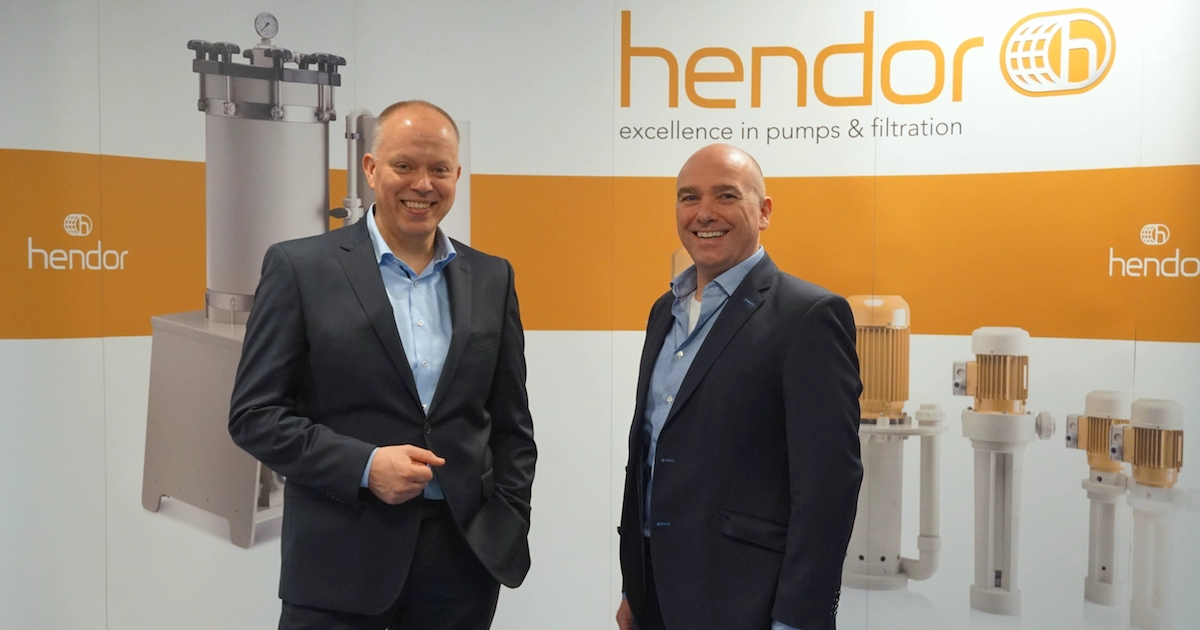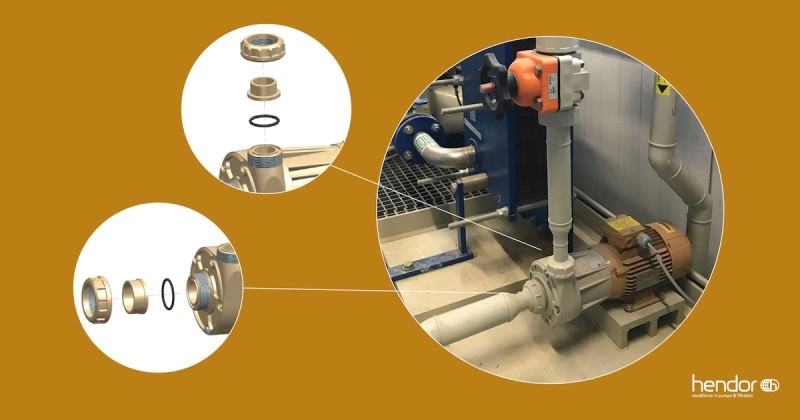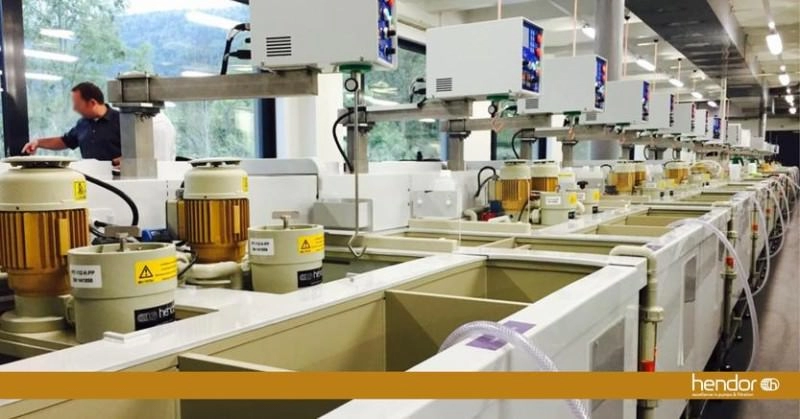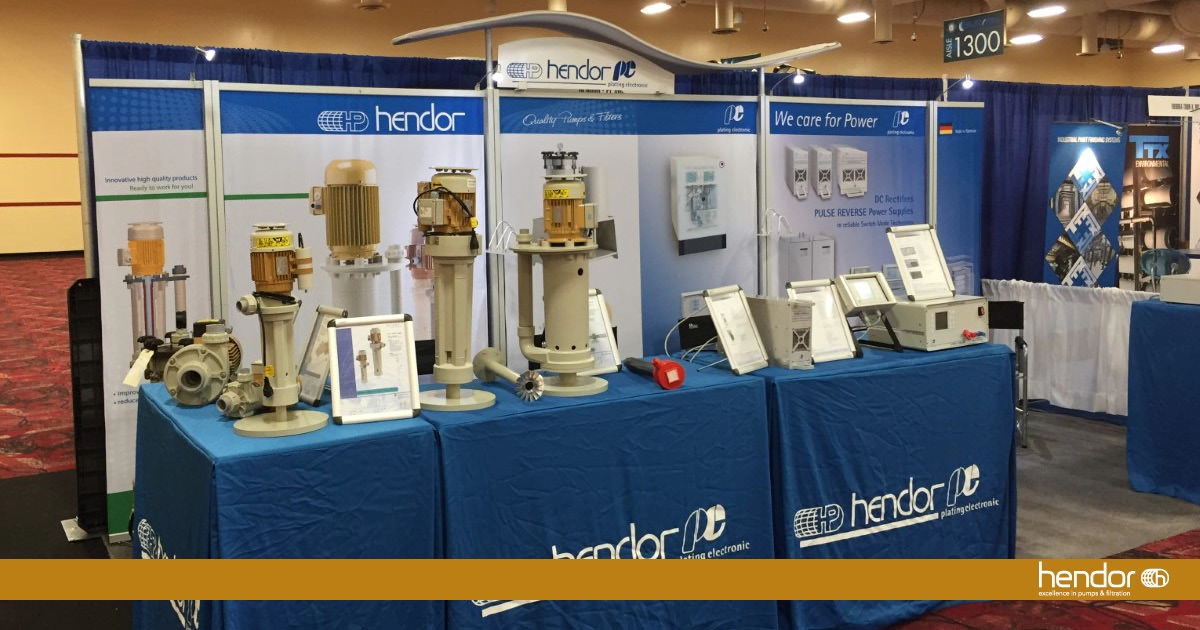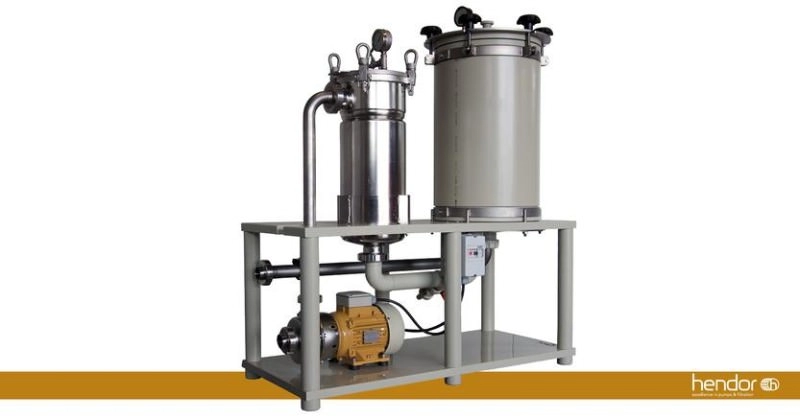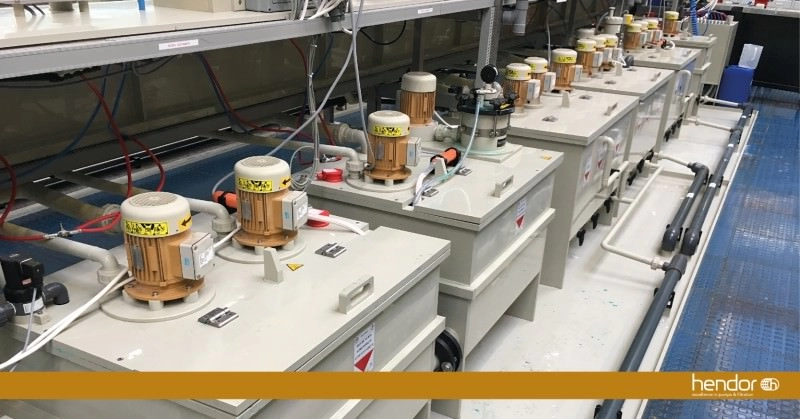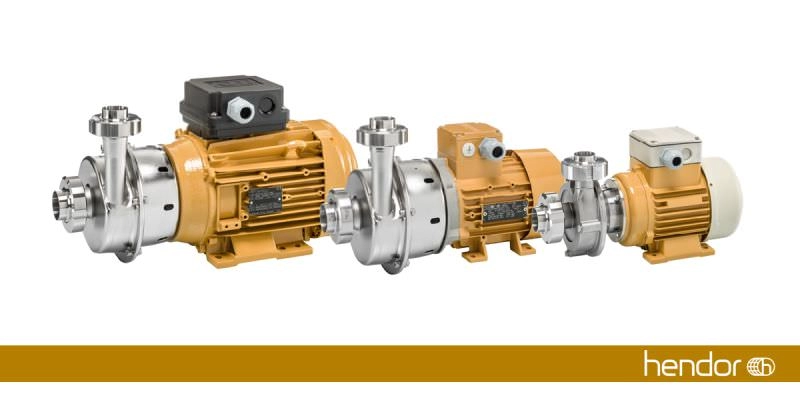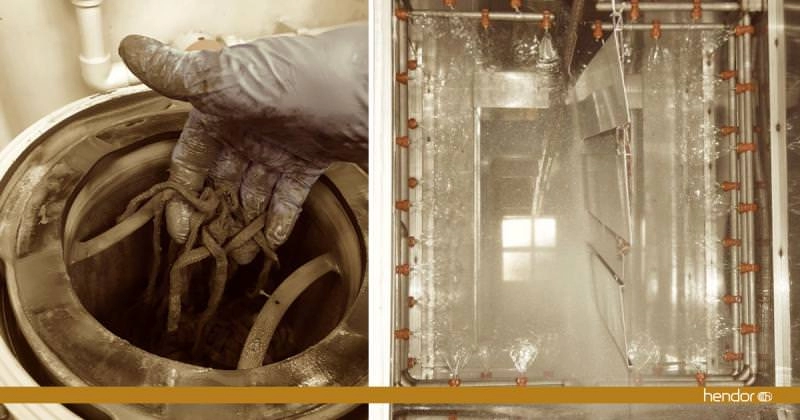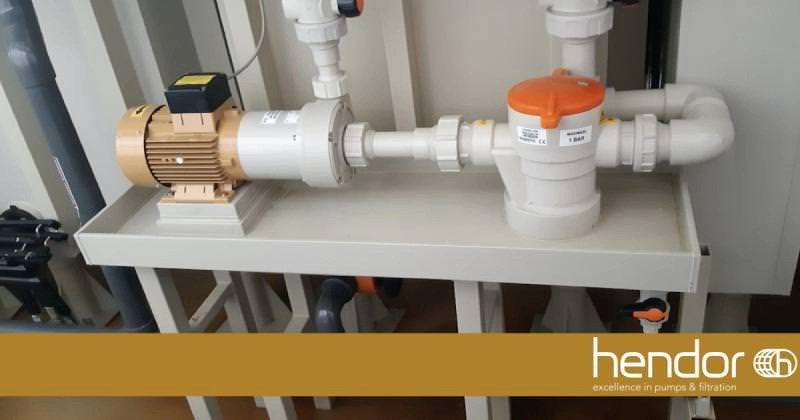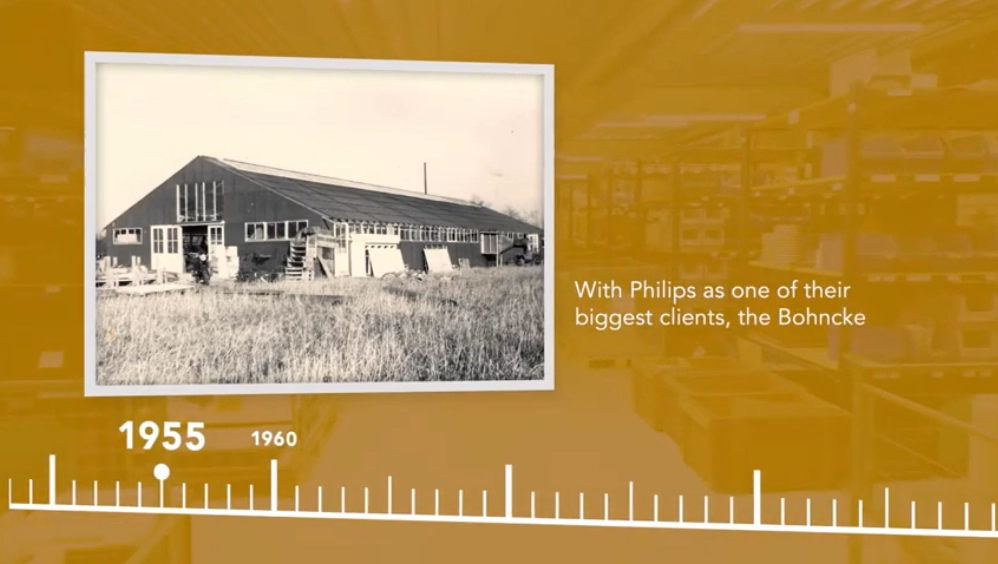23-08-2021
Hendor celebrates 73 years of craftsmanship
Today marks our 73th anniversary in the surface finishing industry. In this long period of time, we have gathered a lot of knowledge and experience about our products and customers. As a result, Hendor carries out the pure craftsmanship of developing and manufacturing chemical pumps & filters.
Step 1: injection molding
Many of the PP and PVDF components which we use for our products are injection molded, all at our Hendor headquarters. In short, injection molding is the process of melting down granulate at high temperature and pressing it in into a mold. After cooling down, we end up with a specific pump- or filter part. Every component has its own guidelines for the injection molding process. Our experts keep a close eye on these requirements, which are explained in our full blog about injection molding.
Step 2: mechanical machining
To make sure that all the injection molded parts connect seamlessly, we mechanically machine them. In our manufacturing process, this step entails milling, or turning. The result: smaller tolerances, and a better end product. What’s the difference between milling or turning? You will find the answer here.
Step 3: plastic welding
After the mechanical machining procedure, we end up with loose components which have to be welded together. This process seems easy, but has to be done with certain precision. When done faulty, you can cause leakage or other sorts of damage to the pump or filtration system. Every component is plastic welded at the Hendor headquarters by one of our DVS 2212-1 certified specialists. We shared every detail about the plastic welding process in this blog.
Step 4: wet paint coating
There are some components of our products which are manufactured elsewhere. For example the electric motors. These are critically selected in order to contribute to the high quality end product we deliver. But, for the Hendor aesthetic this electric motor needs to be coated in our company color.
Wet paint coating the electric motor requires the most process time out of all the different manufacturing phases. In order to be ready for coating, the electric motors need to be completely checked by our experts. Are the measurements correct? Does the shaft deflection exceed our strict tolerance guidelines of 0,02 millimeters? Are the right premium branded bearings installed? In case of deviation, our own in-house specialists alter almost everything. After approval, the electromotor is ready for the coating process. We elaborate on this full process here.
Wet paint coating the electric motor requires the most process time out of all the different manufacturing phases. In order to be ready for coating, the electric motors need to be completely checked by our experts. Are the measurements correct? Does the shaft deflection exceed our strict tolerance guidelines of 0,02 millimeters? Are the right premium branded bearings installed? In case of deviation, our own in-house specialists alter almost everything. After approval, the electromotor is ready for the coating process. We elaborate on this full process here.
Step 5: assembling & testing
Now that every component of our end-product is ready, they can be picked for final assembly. At Hendor, we have specialists who assemble all our products. Depending on the type of product, this process can take from a half an hour up to a whole day. We made a video of the full assembly process for the launch of our new filters – left on the page.
After being fully assembled, we thoroughly test our products for optimal performance. At the Hendor headquarters, we have a special department where we perform the tests. What tests we perform? You can read them in one of our latest blogs.
After being fully assembled, we thoroughly test our products for optimal performance. At the Hendor headquarters, we have a special department where we perform the tests. What tests we perform? You can read them in one of our latest blogs.
Our team
All this craftsmanship can not be done without our great team. We are incredibly thankful for and proud of all our employees, who work hard every day. With them, we carry on the Hendor legacy in order to innovate for the next generation.

